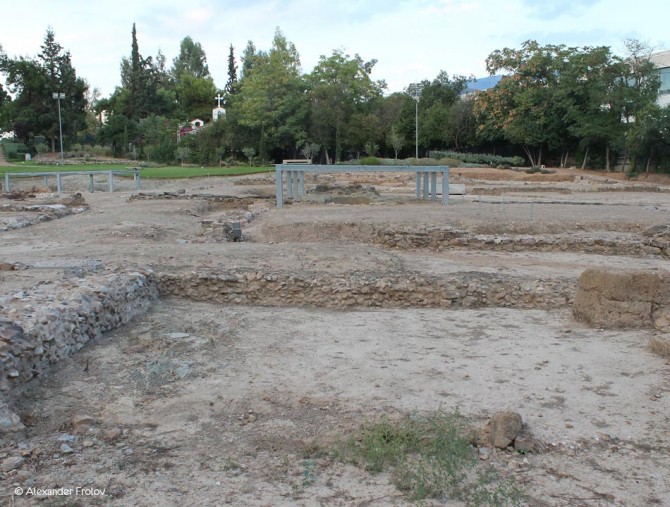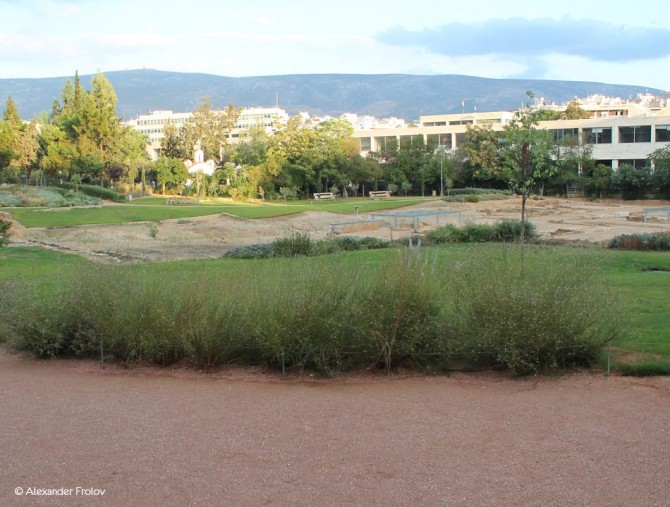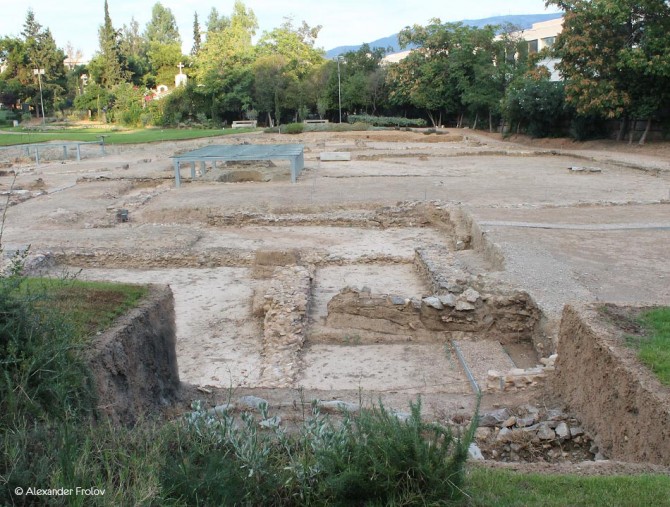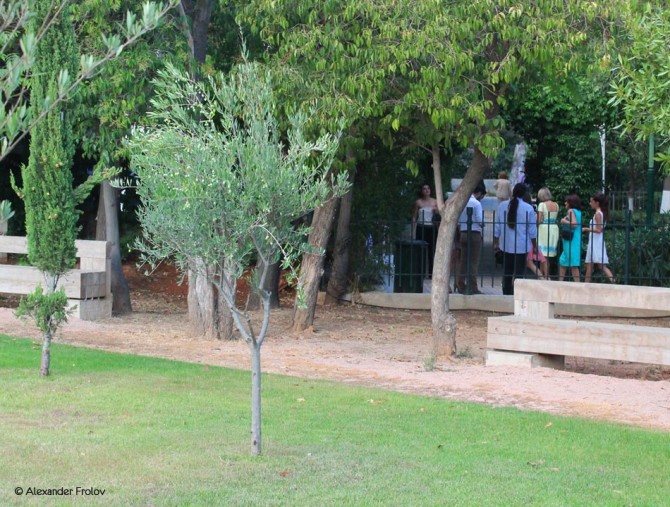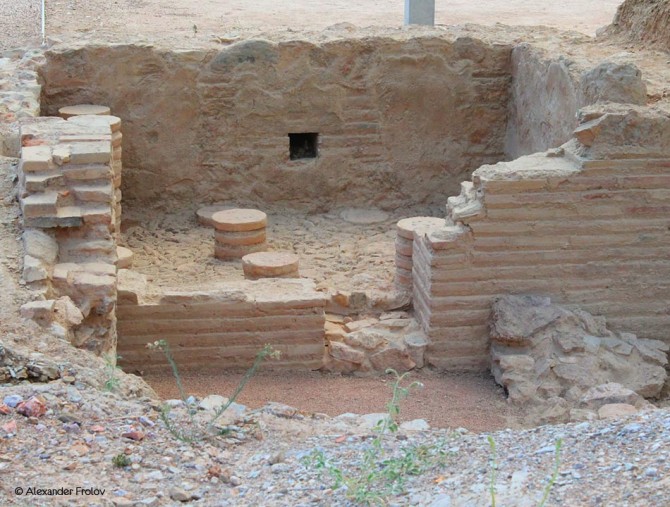Ликеон
Ликеон, именно от этого слова произошло современное название “лицей”, был основан Аристотелем в 335 году до н.э. в пригороде Древних Афин. Учеников Аристотеля называли “Λύκειοι Περιπατητικοί” (ликеи перипатики), что означает - “те, кто прогуливаются возле Ликея”. Произошло это оттого, что учитель любил рассуждать и обучать, прогуливаясь. Его ученики продолжили традицию обучения в Ликее, и название осталось в истории как имя философской школы Аристотеля.
Также молодые люди обучались здесь панкратиону - комбинации борьбы и бокса. Само огромное здание просуществовало примерно семь веков, пока в IV веке н.э. не было заброшено. Аристотель, который на момент создания Ликеона был непререкаемым авторитетом чуть ли не в каждой области наук проработал здесь 12 лет. Авторитетом (такого масштаба) он оставался на протяжении целых 18 веков, вплоть до эпохи Ренессанса.
Как добраться до Ликеона:
- на метро, станция Евангелизмос, улица Ригиллис
Часы работы: 08:00-15:00, вход свободный
Фото и текст: Александр Фролов
The Archaeological Site of Lykeion
If the ancient remnants of the erstwhile imposing building could talk, they would tell stories about great philosophical discussions, mingled with the voices of the athletes who trained in the Palaestra. After all, in Ancient Athens, the exercise was part of the spiritual education of the young people and the palaestras were also significant cultural centers. So around the 4th century BC the philosophical schools became parts of the palaestras, constituting the first universities.
The Archaeological Site of Lykeion (also known as Lykeion of Aristotle) was a palaestra where the city athletes trained in wrestling, boxing and pankration (a combination of wrestling and boxing). It was a large building with a longitudinal axis from north to south, built in the middle of the 4th century BC, in Lykeion, a full of greenery suburb of Ancient Athens. It was retained with repairs and addition for about seven centuries, until the beginning of the 4th century AD, when it was abandoned. In this place was where the great philosopher Aristotle founded his school in 335 BC and taught for about 12 years. For the record, Aristotle was the respondent of human wisdom and the unquestioned authority in almost every field of sciences and knowledge, for 18 centuries, until the Renaissance.
This so important archaeological site was found in 1996 during archaeological excavations in a plot of 11 acres, which had been granted by the Greek State in the Foundation B. and E. Goulandris for the construction of the Museum of Contemporary Art.
The Archaeological Site of Lykeion, Rigillis street, Athens, metro station Evangelismos. Visiting hours: Monday to Saturday 8:00-15:00. Free admission.
Τext: Marilou Pantazi

